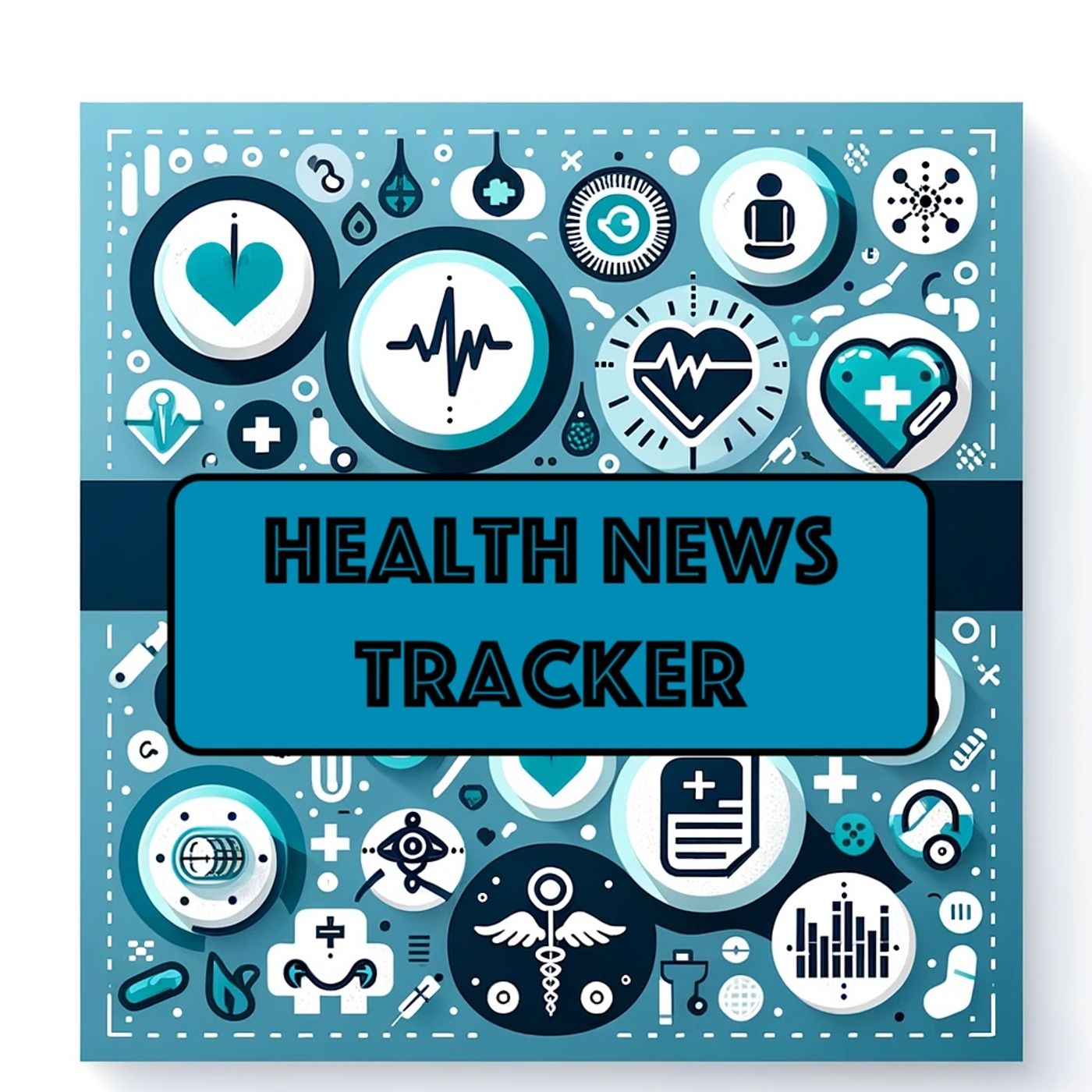Apr 14 2025 3 mins
The healthcare industry continues to undergo significant transformations influenced by economic, technological, and regulatory factors. Recent developments highlight shifting market dynamics and emerging trends.
Medical costs are surging, with PwC projecting an 8% year-on-year increase for group markets and 7.5% for individual markets in 2025. This represents the highest growth in over a decade, driven by inflation, increased drug spending, and higher utilization of behavioral health services. Ongoing workforce shortages and operational challenges are pressuring healthcare providers, pushing them to streamline costs and adopt value-based care models[2][3].
In terms of technology, artificial intelligence (AI) is gaining momentum. A recent survey showed that 65% of healthcare professionals view AI as key to workload reduction, and 80% of the sector is ready to adopt AI-driven solutions. These tools are being utilized in areas such as patient data summarization, clinical decision-making, and remote patient monitoring. For example, new AI technologies are helping organizations like Seattle Children’s Hospital streamline clinical trials and care pathways[5][9].
Mergers and partnerships also remain a focal point, with notable activity in the last week. Knack RCM acquired PPM Partners, a provider of anesthesia billing services, while Flatiron Health partnered with Massive Bio to optimize clinical trial recruitment using AI. These consolidations are reshaping cost structures and enhancing operational efficiencies across the sector[5][9].
Consumer behavior is evolving, with a substantial focus on home healthcare and health-at-home trends. The global home healthcare market, valued at $390.24 billion in 2023, is projected to grow at a 7.96% CAGR through 2030, driven by demand for cost-effective, patient-centric options. Technological advancements in telehealth and remote monitoring are playing a vital role in this growth[6]. Additionally, emerging drugs like GLP-1s are gaining traction, with companies investing heavily in reducing costs and expanding accessibility[7].
On the regulatory front, the implementation of policies like the Trusted Exchange Framework and Common Agreement (TEFCA) is facilitating nationwide data interoperability. Meanwhile, providers face increasing scrutiny around compliance, such as with HIPAA provisions, and are urged to adopt robust cybersecurity frameworks as cyberattack risks grow[1][5][9].
While healthcare spending is rising, affordability remains a key concern. Out-of-pocket costs continue to outpace overall spending growth, emphasizing the need for efficient systems and consumer-focused solutions. These dynamics are prompting industry leaders to enhance digital engagement, automate administrative workflows, and rebuild trust to meet both financial and patient care goals[3][6].
In summary, healthcare leaders are leveraging innovation, partnerships, and regulatory opportunities to address rising costs and operational pressures while enhancing patient outcomes and maintaining affordability.
Medical costs are surging, with PwC projecting an 8% year-on-year increase for group markets and 7.5% for individual markets in 2025. This represents the highest growth in over a decade, driven by inflation, increased drug spending, and higher utilization of behavioral health services. Ongoing workforce shortages and operational challenges are pressuring healthcare providers, pushing them to streamline costs and adopt value-based care models[2][3].
In terms of technology, artificial intelligence (AI) is gaining momentum. A recent survey showed that 65% of healthcare professionals view AI as key to workload reduction, and 80% of the sector is ready to adopt AI-driven solutions. These tools are being utilized in areas such as patient data summarization, clinical decision-making, and remote patient monitoring. For example, new AI technologies are helping organizations like Seattle Children’s Hospital streamline clinical trials and care pathways[5][9].
Mergers and partnerships also remain a focal point, with notable activity in the last week. Knack RCM acquired PPM Partners, a provider of anesthesia billing services, while Flatiron Health partnered with Massive Bio to optimize clinical trial recruitment using AI. These consolidations are reshaping cost structures and enhancing operational efficiencies across the sector[5][9].
Consumer behavior is evolving, with a substantial focus on home healthcare and health-at-home trends. The global home healthcare market, valued at $390.24 billion in 2023, is projected to grow at a 7.96% CAGR through 2030, driven by demand for cost-effective, patient-centric options. Technological advancements in telehealth and remote monitoring are playing a vital role in this growth[6]. Additionally, emerging drugs like GLP-1s are gaining traction, with companies investing heavily in reducing costs and expanding accessibility[7].
On the regulatory front, the implementation of policies like the Trusted Exchange Framework and Common Agreement (TEFCA) is facilitating nationwide data interoperability. Meanwhile, providers face increasing scrutiny around compliance, such as with HIPAA provisions, and are urged to adopt robust cybersecurity frameworks as cyberattack risks grow[1][5][9].
While healthcare spending is rising, affordability remains a key concern. Out-of-pocket costs continue to outpace overall spending growth, emphasizing the need for efficient systems and consumer-focused solutions. These dynamics are prompting industry leaders to enhance digital engagement, automate administrative workflows, and rebuild trust to meet both financial and patient care goals[3][6].
In summary, healthcare leaders are leveraging innovation, partnerships, and regulatory opportunities to address rising costs and operational pressures while enhancing patient outcomes and maintaining affordability.
